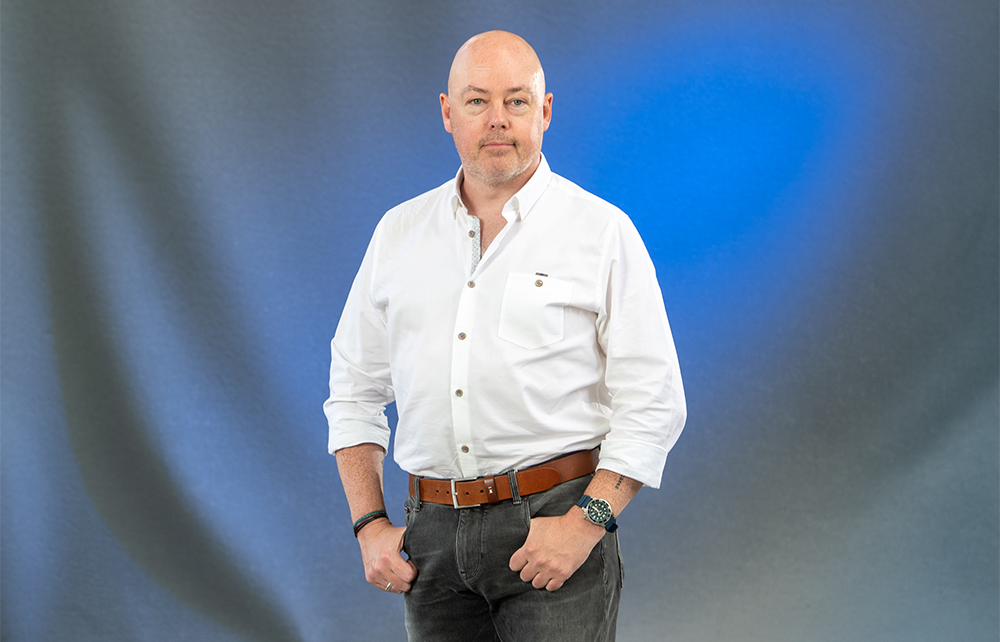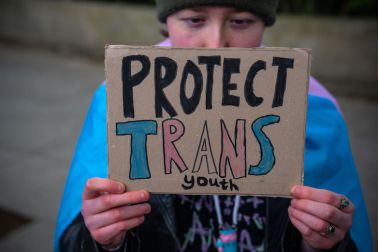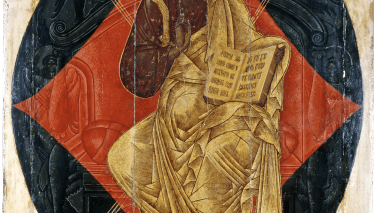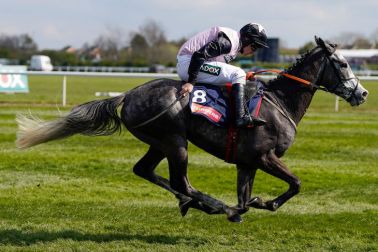At the end of John Boyne’s novel Earth, Evan Keogh, a conscience-stricken young footballer, hands evidence of his connivance in a rape to the police. Two years earlier, he and his teammate Robbie had been found innocent of the charge by a jury, whose foreperson was Dr Freya Petrus.
Freya, a consultant in a hospital burns unit, becomes the protagonist of Fire, the third of Boyne’s Elements quartet. Like its predecessors, the novel is dominated by issues of aberrant sexuality. As a 12-year-old girl on a summer holiday in Cornwall, Freya was first raped and then buried alive in a sadistic ritual by 14-year-old twins, Arthur and Pascoe. Once freed, she took deadly revenge on them, their father and her own inadequate mother in a manner that partly explains her choice of medical specialisation.
But that vengeance was not sufficient for Freya, a highly respected doctor, who spends her spare time searching for adolescent boys to molest, explaining: ‘I just want to destroy their chances of ever forming happy, healthy relationships in the future.’ She makes Miss Haversham look like an amateur as she ponders: ‘How many boys’ lives have I ruined, anyway? A hundred? Two hundred? That’s probably enough.’
Fire focuses on two of those boys, George and Rufus. Freya encounters the former when he visits a friend in the hospital’s renal unit; and she picks up the latter on his way home from football practice. They respond to her overtures in very different ways, but both end up as victims of her quest for retribution.








Comments
Join the debate for just £1 a month
Be part of the conversation with other Spectator readers by getting your first three months for £3.
UNLOCK ACCESS Just £1 a monthAlready a subscriber? Log in